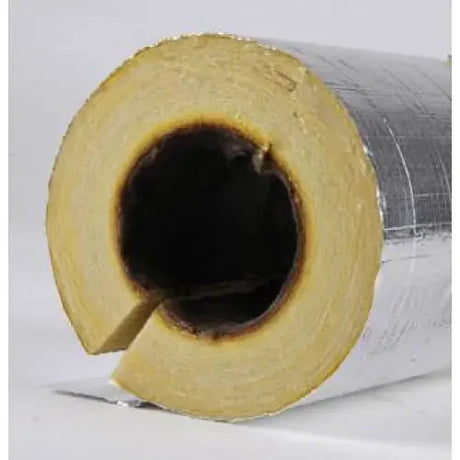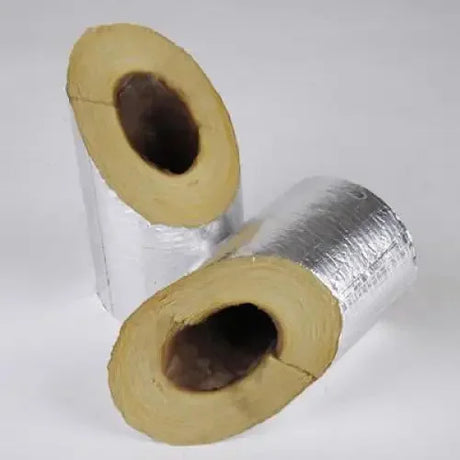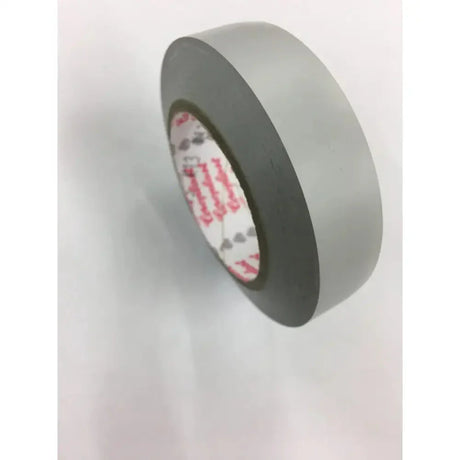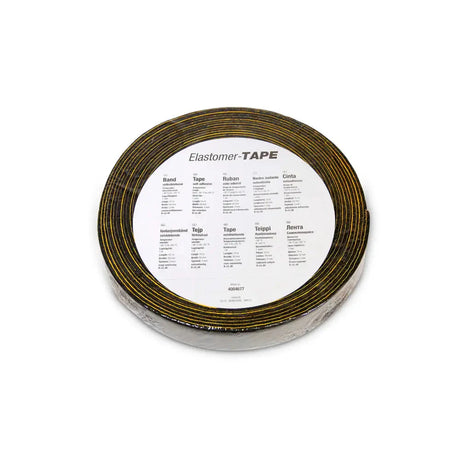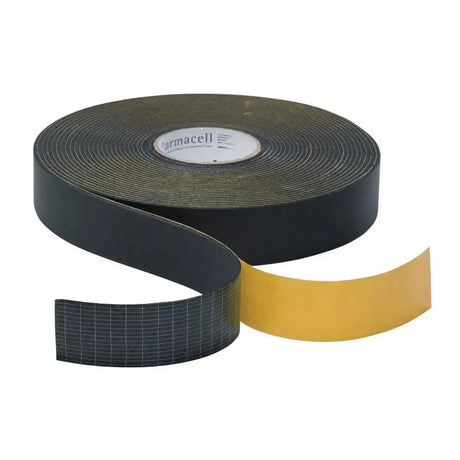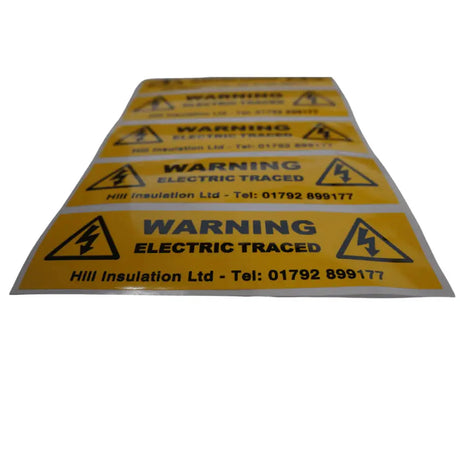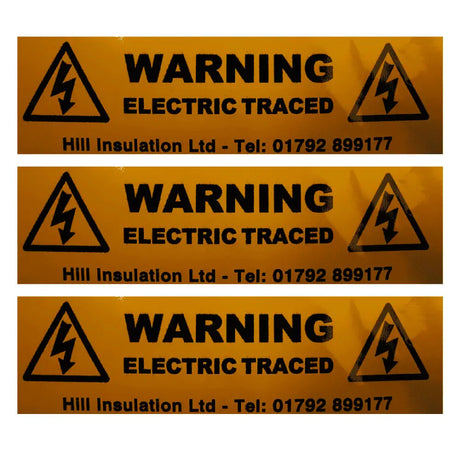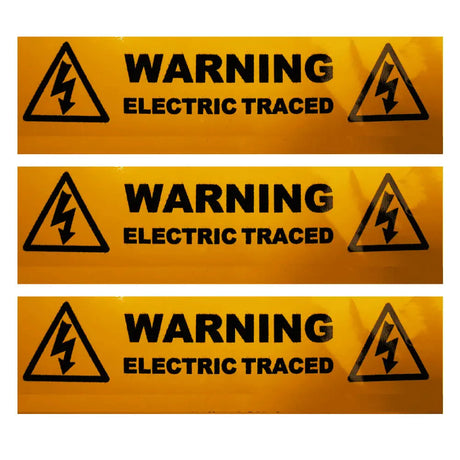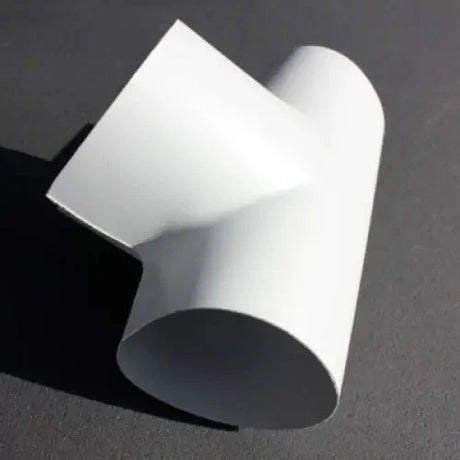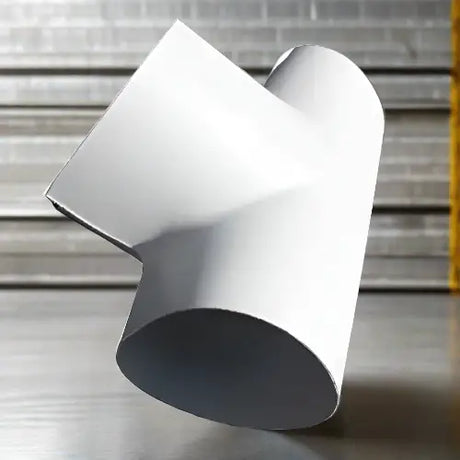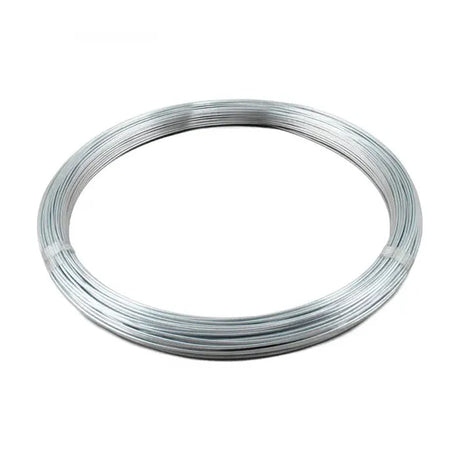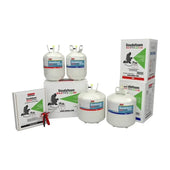When it comes to insulating your commercial or industrial space, you might be weighing the options between different types of insulation materials. One of the questions we often encounter is about mineral wool insulation – specifically, whether it's safe to leave it exposed without any protective covering. While safety and efficiency are paramount in any insulation choice, there's also a practical aspect to consider. Here, we'll dive deep into understanding mineral wool insulation, its properties, and importantly, answer the pressing question: can mineral wool insulation be left exposed?
Mineral wool insulation, known for its excellent thermal properties and sound absorption, is a popular choice in the UK for both commercial and industrial settings. However, its appearance and texture might make one wonder about the safety and practicality of leaving it exposed in an environment.
Can Mineral Wool Insulation Be Left Exposed?
To answer this directly, it's essential to look at certain criteria, such as fire resistance, health concerns, and aesthetic considerations. Let's unpack the truths and dispel the myths about leaving mineral wool insulation exposed.
Fire Resistance
Mineral wool insulation is noted for its exceptional fire resistance. It's made from materials that are naturally non-combustible, and it can withstand temperatures exceeding 1,000 degrees Celsius. This attribute alone makes it a safe choice to be left exposed in spaces where fire safety is critical.
Table: Fire Resistance Properties of Insulation Materials
| Insulation Type | Estimated Cost | Fire Resistance | Safety | Temperature Performance | Common Usage |
|---|---|---|---|---|---|
| Mineral Wool | Moderate | Excellent | Non-toxic | High | Walls, roofs, attics, ceilings, floors |
| Sheep’s Wool | Moderate to High | Good | Non-toxic | Moderate | Walls, roofs, attics, floors |
| Recycled Polyester | Low to Moderate | Fair | Non-toxic | Moderate | Walls, roofs, attics |
| Wood Fiber and Hemp | Moderate | Good | Non-toxic | Moderate | Walls, roofs, attics |
| Insulation Boards | Low to High | Excellent | Non-toxic | High | Walls, roofs, floors |
| Multifoil Insulation | High | Fair | Non-toxic | High | Roofs, walls |
| Cellulose Insulation | Moderate | Good | Non-toxic | Moderate | Walls, attics |
| Cotton Insulation | Moderate | Fair | Non-toxic | Low to Moderate | Walls |
| Hemp Insulation | Moderate | Good | Non-toxic | Moderate | Walls, roofs |
| Thermacork | High | Good | Non-toxic | High | Walls, roofs |
| Aerogel | Very High | Excellent | Non-toxic | Very High | Specialized applications |
As seen in the table, compared to other materials like polyurethane insulation, mineral wool stands out for its high fire resistance.
Health Concerns
The question of health concerns when leaving mineral wool insulation exposed is a valid one. While mineral wool is generally considered safe, it can release small fibers into the air, which may be a concern in environments not well-ventilated. It's recommended to handle it with care, using protective clothing if you're applying it yourself. For areas where people spend a lot of time, or where air circulation is limited, covering mineral wool might be considered for peace of mind.
Aesthetic Considerations
Aesthetically, exposed mineral wool insulation might not be everyone's cup of tea. It has a distinctive look and texture that might not blend well with all interior designs. However, in industrial settings or spaces where form follows function, this might not be a concern.
Alternatives to Consider
If the idea of leaving mineral wool insulation exposed doesn't fit your project, there are alternatives. Products like handi-foam, or spray foam kits, provide excellent insulation and can be applied in ways that are less noticeable or require no exposure at all. With the right equipment, like spray foam nozzles or a gun hose assembly, installation can be streamlined for efficiency and aesthetics.
In conclusion, can mineral wool insulation be left exposed? Yes, it can, provided you have considered the factors like fire resistance, health implications, and whether its appearance aligns with your project's aesthetic goals. Mineral wool's safety and efficacy make it a reliable choice, but always consider the specific needs of your space. Whether you opt for mineral wool or explore other insulation options, ensuring the safety, efficiency, and visual harmony of your space is key to making the right decision.
Frequently Asked Questions
Below are some of the most frequently asked questions about leaving mineral wool insulation exposed, providing clear, concise answers to help you make informed decisions regarding insulation in your commercial or industrial space.
Is mineral wool insulation fireproof?
Yes, mineral wool insulation is considered to be fire-resistant. It is made from materials that are naturally non-combustible and can withstand temperatures exceeding 1,000 degrees Celsius. This makes it an excellent choice for areas where fire safety is a concern.
Can mineral wool insulation cause health issues if left exposed?
While mineral wool insulation is generally considered safe, it can release small fibers into the air when disturbed. In environments that are not well-ventilated, or if the insulation is directly handled, there may be a concern regarding inhalation of these fibers. Wearing protective clothing during installation and considering covering the insulation in occupied spaces is advised.
How does the aesthetic of exposed mineral wool compare to other insulation types?
Mineral wool insulation has a distinctive look and texture that might not be suitable for every aesthetic preference, especially in living spaces or areas where the finish is important. It's mostly utilitarian in appearance, making it a better fit for industrial rather than residential settings.
Are there any specific environments where mineral wool insulation should not be left exposed?
In areas where people spend significant amounts of time, especially in environments with limited air circulation, it's wise to cover mineral wool insulation. This is to minimize any potential for fiber inhalation and to ensure the space remains visually appealing and comfortable for occupants.
What are some alternatives to exposed mineral wool insulation for better aesthetics?
For those looking for insulation options that can be more seamlessly integrated or hidden within a space, polyurethane spray foam is a viable alternative. It offers excellent insulation properties and can be applied in such a way that it is less visible or completely hidden from view.
Can mineral wool insulation be painted or covered with fabric for aesthetic purposes?
Yes, mineral wool insulation can be painted or covered with fabric, but it's essential to use materials that are breathable and do not trap moisture against the insulation. Additionally, choosing non-combustible coverings is crucial for maintaining the fire resistance of the insulation.
Is it necessary to use professional installation services for mineral wool insulation?
While DIY installation of mineral wool insulation is possible, especially for smaller projects, hiring professional installation services is recommended for larger or more complex projects. Professionals can ensure the insulation is installed safely, efficiently, and in compliance with relevant building codes, reducing potential risks associated with improper installation.


